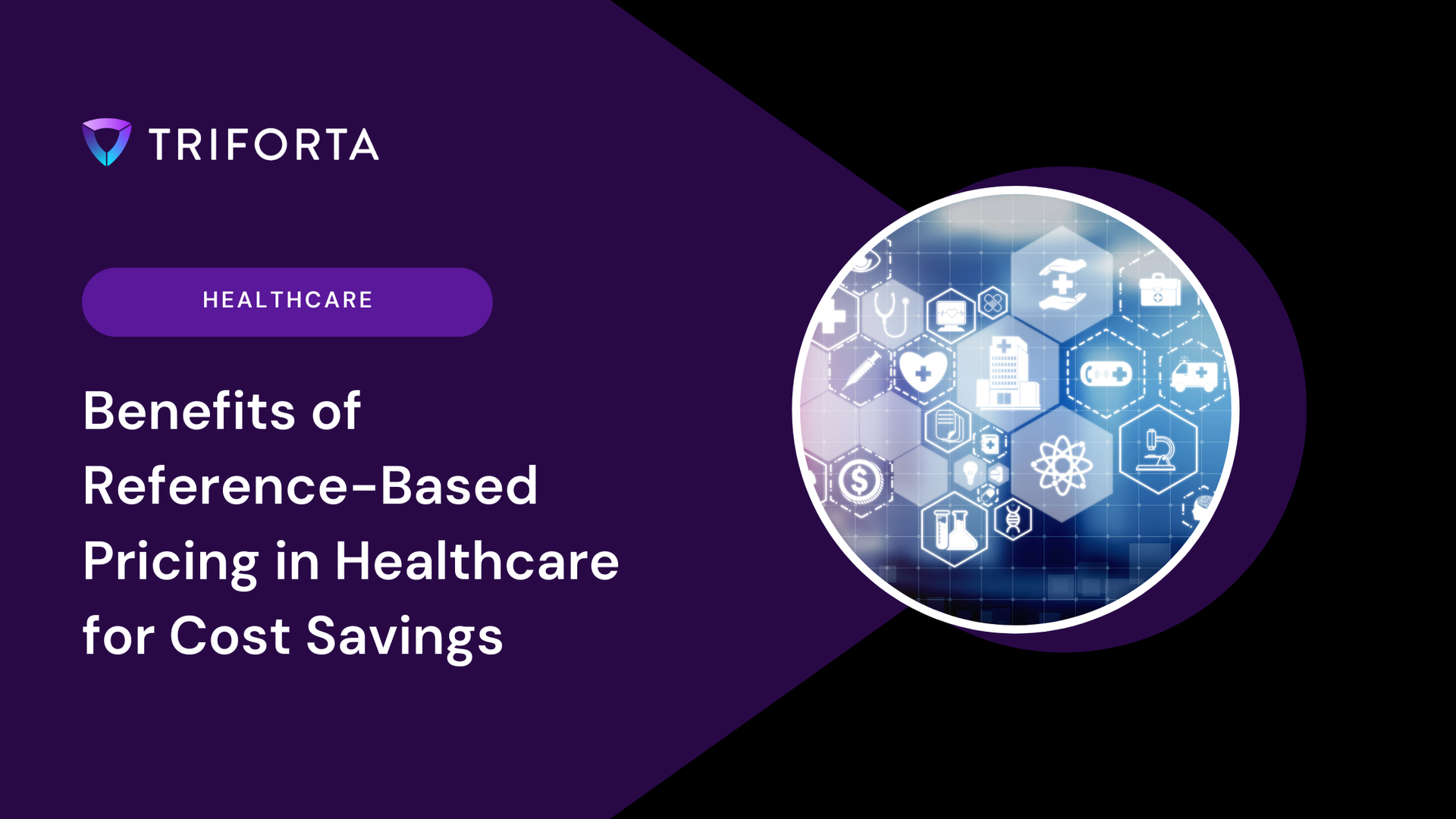Exploring Self-Funded Health Insurance for Corporate Success
In today’s fast-paced business world, keeping up with rising healthcare costs can feel like an endless treadmill. Many companies are turning to self-funded health insurance as a cost-saving alternative to traditional fully insured plans. This approach enables businesses to have more control over their healthcare expenses and design benefits tailored to their employees’ unique needs.
If you’re exploring ways to take control of your company’s healthcare offerings, self-funded insurance might be the solution you’ve been looking for.
Understanding Self-Funded Health Insurance
At its core,
self-funded health insurance means the employer, rather than a third-party insurance company, is financially responsible for employee healthcare claims. Instead of paying a premium, companies create a fund from which they directly pay for employees' medical expenses. This approach allows businesses to avoid some of the mark-ups associated with traditional insurance and helps them save money on administrative and overhead costs.
How It Works: Self-Funding 101
Instead of a traditional, one-size-fits-all insurance premium, self-funding is a DIY approach to healthcare. You establish a fund specifically for covering employees’ healthcare costs, making your organization the insurer. To manage potential high-cost claims, companies often pair self-funding with stop-loss insurance, which limits the amount a company would pay for unusually high claims. This balance provides flexibility and control while mitigating financial risk.
Curious if self-funded health insurance could work for your business?
Contact Triforta for expert guidance on this cost-saving alternative.
Benefits of Self-Funded Health Insurance
The advantages of self-funded insurance go beyond cost savings; it’s about gaining control, flexibility, and insight into employee healthcare utilization.
1. Potential Cost Savings
One of the biggest motivations for companies considering self-funding is the potential for substantial cost savings. With a fully-insured plan, a large portion of premium payments goes to administrative costs, overhead, and insurance company profits. In contrast, self-funded plans allow employers to retain unspent funds, reinvesting them back into the company or enhancing the employee benefits package.
2. Customization & Flexibility
Self-funding enables companies to design benefits that align with their organizational goals and workforce needs. This flexibility is particularly appealing to businesses wanting to tailor their offerings to specific health concerns or demographics. For instance, a company can include expanded mental health support, preventative care, or wellness incentives directly aligned with employee needs.
Interested in customizing a healthcare plan that truly fits your team? Contact us and discover how Triforta’s innovative solutions can help.
3. Enhanced Transparency
Traditional insurance plans can be a “black box” when it comes to understanding where your money goes. Self-funding changes that by providing employers with access to detailed claims data. This transparency lets employers identify patterns, make informed adjustments, and implement targeted solutions to reduce costs. This level of visibility is one of the most appealing aspects of self-funded health insurance.
Navigating Potential Concerns with Self-Funding
While self-funded insurance offers numerous benefits, it’s essential to approach it with a clear understanding of the risks and responsibilities involved. Here are common concerns companies may have—and strategies for addressing them.
Risk Management: Isn't This Risky?
A common misconception about self-funded insurance is that it’s too risky, especially for mid-sized businesses. However, stop-loss insurance can provide a vital safety net. By setting a cap on the maximum amount a company would need to pay, stop-loss insurance mitigates the financial impact of high-cost claims.
Specific stop-loss coverage protects against high claims from individual employees, while aggregate stop-loss caps the total costs a company might face in a given year. With the right protections, self-funding is manageable even for businesses that want to reduce healthcare costs without taking on too much risk.
Curious about stop-loss options? Contact Triforta for guidance on how to integrate stop-loss into your self-funded plan.
Administrative Burden: How to Handle the Additional Workload?
Self-funded plans require careful administration, which can seem daunting to HR teams already handling multiple responsibilities. This is where partnering with a Third-Party Administrator (TPA) can make a huge difference. A TPA can manage the day-to-day tasks of running the health plan, including claims processing, provider networks, and compliance with regulations.
By outsourcing these responsibilities to experienced professionals, companies can enjoy the benefits of self-funding without overwhelming their HR departments.
Real-World Example: Self-Funding in Action
Consider the example of, a biomanufacturing company with nearly 200 to 500 employees. This company was struggling to manage healthcare expenses in a fully insured model, facing annual premium increases that limited their ability to invest in other areas. After careful consideration, they transitioned to a self-funded plan with the support of a seasoned TPA.
In their first year, they saved 8% on healthcare costs compared to their previous plan. These savings allowed them to invest in additional wellness initiatives and mental health resources for employees, boosting both morale and productivity. By the third year, the company saw an overall savings of over $900,000—demonstrating the tangible impact of a well-managed self-funded plan.
Is Self-Funded Insurance Right for Your Company?
Self-funding may not be a one-size-fits-all solution, but it can be an effective strategy for many companies, especially those with stable cash flow and a commitment to proactive healthcare management. Factors to consider include:
- Company size: Self-funding works best for companies with at least 75 employees.
- Financial stability: Organizations should have sufficient funds to cover fluctuating claims costs.
- Workforce demographics: A healthy, younger workforce typically results in lower claims costs.
Wondering if self-funding is a good fit for your business? Speak with Triforta to assess your options.
Moving Forward with Confidence
Transitioning to a self-funded health plan isn’t just about saving money—it’s about strategically investing in the well-being of your workforce for the long haul. A self-funded approach provides control over your healthcare budget, insight into claim patterns, and the flexibility to tailor benefits that align directly with evolving employee needs.
But beyond immediate savings, this approach is a commitment to a sustained strategy that extends well beyond a typical 12-month cycle. The needs of your employee population require a multi-year vision to achieve the right outcomes, addressing current concerns while anticipating future challenges and opportunities. By focusing on a plan that supports long-term health goals, companies can enable meaningful healthcare decisions with enduring benefits for both the business and its people.
With the right plan in place and essential safeguards, self-funded health insurance can be a transformative solution in employee benefits, positioning your organization to navigate tomorrow’s healthcare landscape with confidence and stability.
Learn more? Contact Triforta for expert advice on how self-funded health insurance can transform your company’s benefits program.

CAPABILITIES
"TRIFORTA" is a registered trademark employed by the TRIFORTA Partners group of companies. All insurance offers, requests, and guidance provided through this website are delivered by licensed affiliated insurance producers of TRIFORTA, namely Elite Consulting and Insurance Services and Rodney Mattos. No offers, requests, or guidance are extended through this website in any state where one of the aforementioned TRIFORTA licensees lacks the required license. For a comprehensive list of all relevant license numbers in each state, please refer to our License Page.
New Paragraph
We use cookies to ensure that we give you the best experience on our website. To learn more please visit our Privacy Policy.










